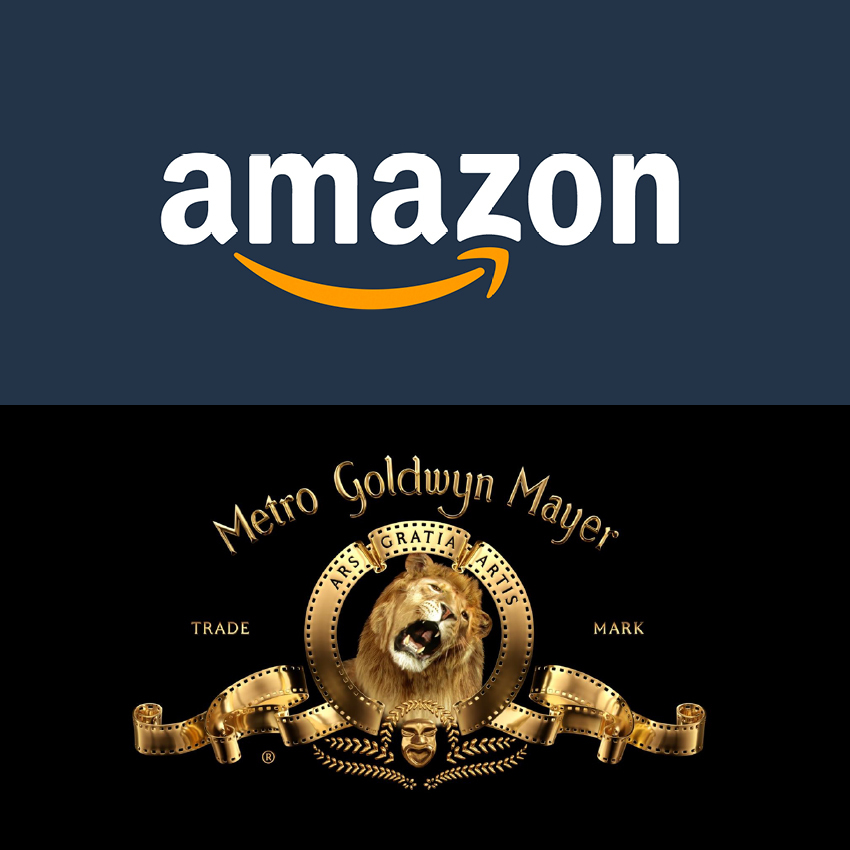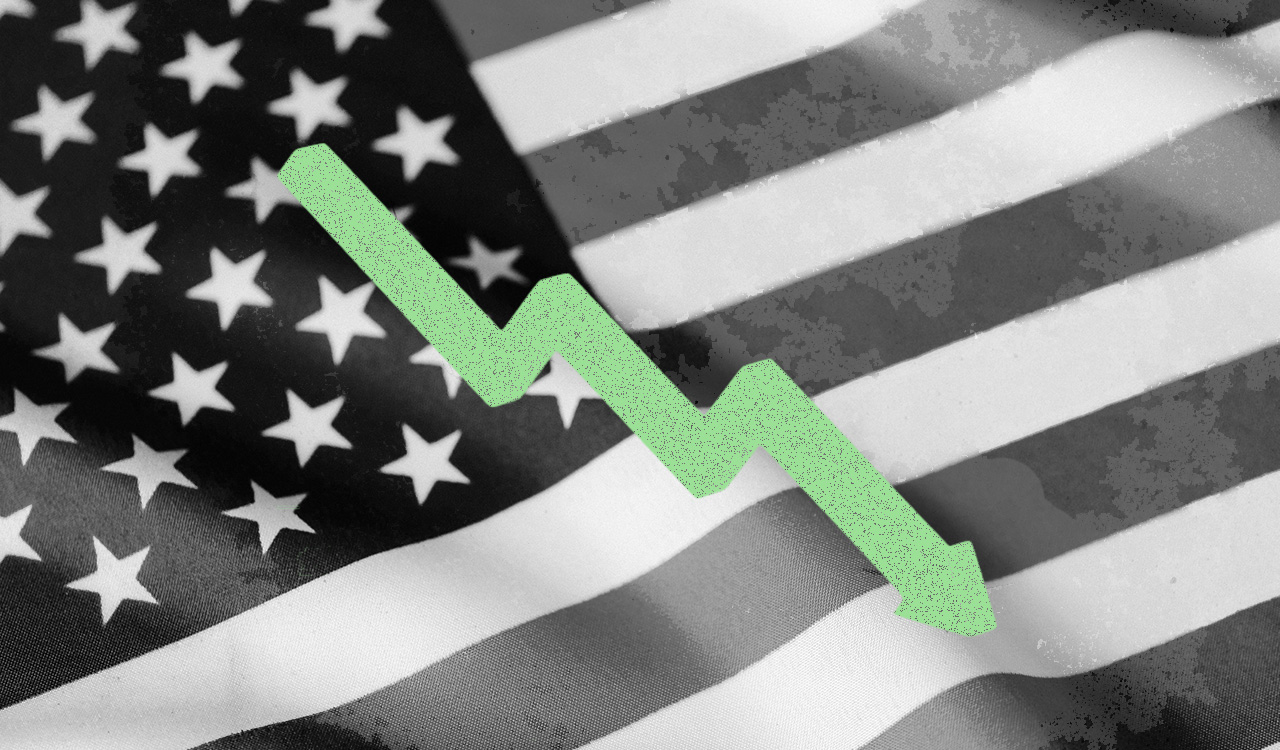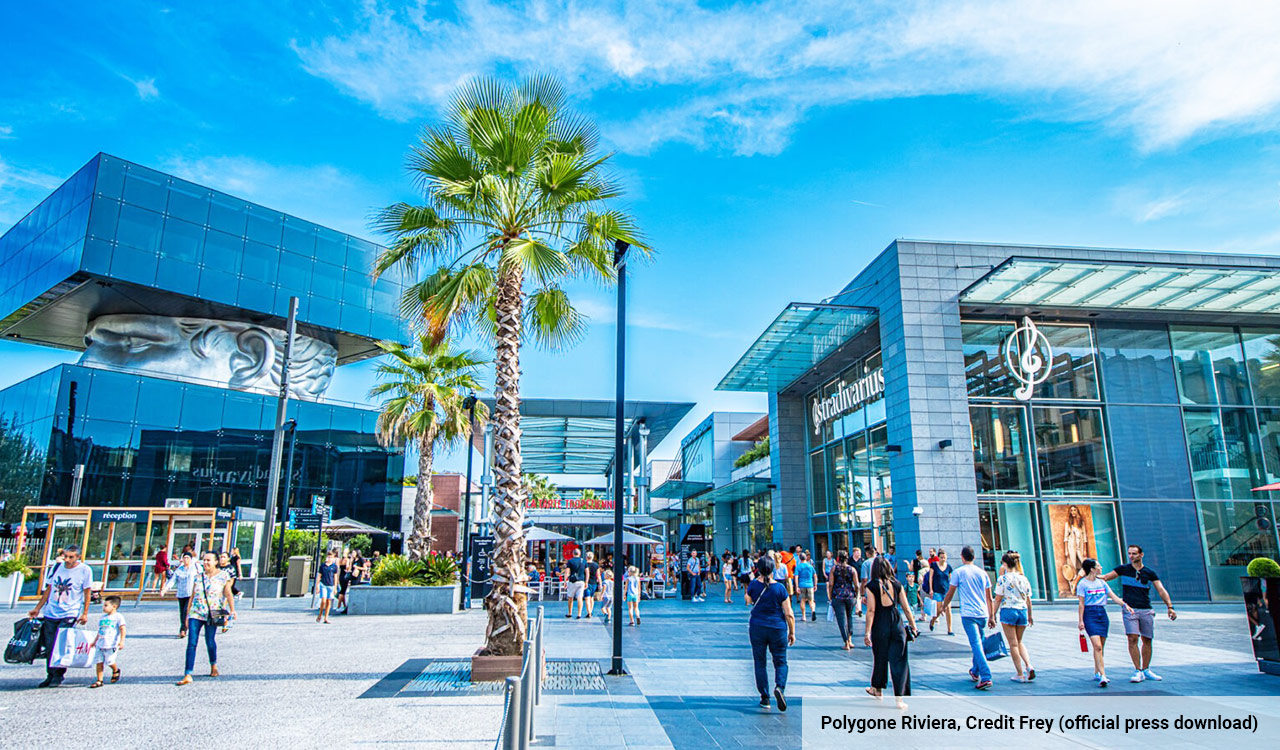Over the past decade I’ve been blathering on about this being the distribution century, meaning that consumers and retailers, both armed with technology, would drive multitudes of different avenues of distribution. These new distribution channels are more convenient and faster for consumers; and more efficient, effective, and competitively advantageous for retailers and brands.
Shared Platforms
So, in trying to explain the distribution thesis more pragmatically, and with clarity, I describe how all retailers and brands could achieve targeted ubiquity by sharing their distribution “platforms” with every other retailer or brand (even competitors) that are aligned with and are targeting the same core consumer bases. Over the past couple of years, we have begun to see powerful examples of this platform sharing: Sephora, Amazon, and others on Kohl’s platform; Ulta and others on Target’s; every major electronics brand on Best Buy; and numerous apparel branded retailers on the Nordstrom platform, such as Rag and Bone, Madewell, and Top Shop.
[callout]Banish the two words retail and store. Replace them with seamlessly integrated online and offline endless distribution platforms from which an infinite array of content (products, services, entertainment, restaurants, etc.) can be distributed.[/callout]
And by the way, scratch your head and think about all of this in a much larger context than just platform sharing and unlimited distribution avenues. I’m not sure that even the leaders of these platforms consciously understand the strategic enormity of this emerging distribution model. Simply put, it redefines the current notion of DTC (direct to consumer) online branded sites selling directly to consumers. But this is actually myopic thinking. All platform sharing retailers and brands are finding hundreds if not thousands of direct distribution avenues to their consumers. Think about it. Pete Nordstrom said to me in one of our webinar forums that Nordstrom is a powerful retail brand, but not the only brand their loyal consumers come to for shopping. So, rather than their loyalists having to spend time going to other retailers or brands, why not have all the brands they love on the Nordstrom platform? They will only love Nordstrom more!
The Amazon/MGM Content Message
“Platform sharing” does not precisely define the Amazon/MGM deal because it’s an acquisition. However, it does add enormous value to Amazon’s video streaming platform, adding more and different content that their 200 million Prime subscribers will enjoy, all included in their annual fee. Households with Prime memberships typically spend $3,000 a year on Amazon. That is more than twice what households without the membership spend, according to Morgan Stanley. Bezos’ objective is not to become a movie mogul. Rather, he believes the more time they can get their Prime members to spend watching videos and movies on their site, the more frocks, gifts, and thousands of other products those members will buy.
The other major point about this co-branded model, and others like it across consumer-facing industries, is that it’s not just about multiple distribution avenues and platforms. More importantly, it is about content. The phrase “endless aisles,” describing the infinite breadth of products and services that can be sold online is perfectly exemplified by Amazon. This endless aisle phrase replaces “focus on what you do best,” which is a mental barrier for many retailers and brands to imagine the expansion of their content to fill “endless aisles” with a wide range of products and services, both online and off.
Who would have expected Amazon to buy MGM. Talk about content expansion!
Granted, one could say Jeff Bezos’ genius was in understanding what the internet could become. This gave him a huge “first mover” competitive advantage. And his larger-than-life platform (aka marketplace) was quickly expanded into endless platforms, products, services, and distribution avenues. For those who would say that the internet obviously creates a distribution platform upon which an infinite amount of content can be distributed, that is true. Thus, Amazon’s acquisition of MGM is clear. As long as Prime viewers love watching Amazon’s streaming videos, why not give them more to love? Metaphorically they are hanging out in Amazon’s movie theatre, pausing occasionally to buy a couple of other Amazon items they remembered needing or suggested by something they saw on the video. This raises another point for the future about Amazon’s potential move as an advertising agency.
And by the way, Bezos led the endless online content distribution movement, and he is now in the phase of doing the same in the brick-and-mortar world. The jury is still out, mine included, as to how quickly and successfully he can take over physical retail. However, given his vast Amazon vision, there is no reason to believe he will not be able to replicate it in the physical world.
The Clarion Message
Drum roll once again. Banish the two words retail and store. Replace them with seamlessly integrated online and offline endless distribution platforms from which an infinite array of content (products, services, entertainment, restaurants, etc.) can be distributed. As previously mentioned, Kohl’s, Target, Nordstrom, Walmart and others are beginning to understand this new paradigm and how the future of retail will play out.
Imagine sitting in your at-home Amazon movie theatre, watching a great Amazon-produced or MGM movie. You admire a sweater James Bond is wearing and order it simply by clicking on the item.
Welcome to an infinite world of personalized things and services, and fast, efficient, convenient, and experiential avenues for distributing them.




